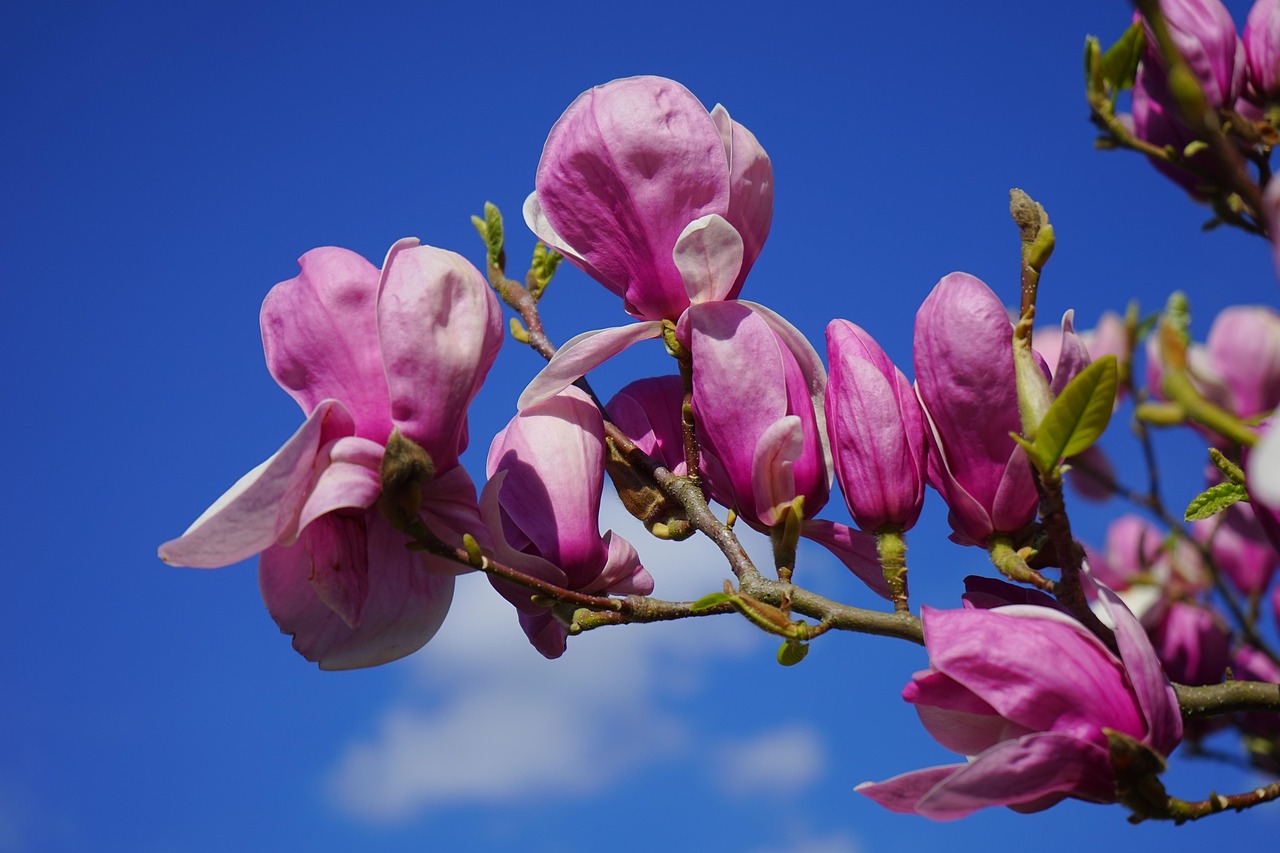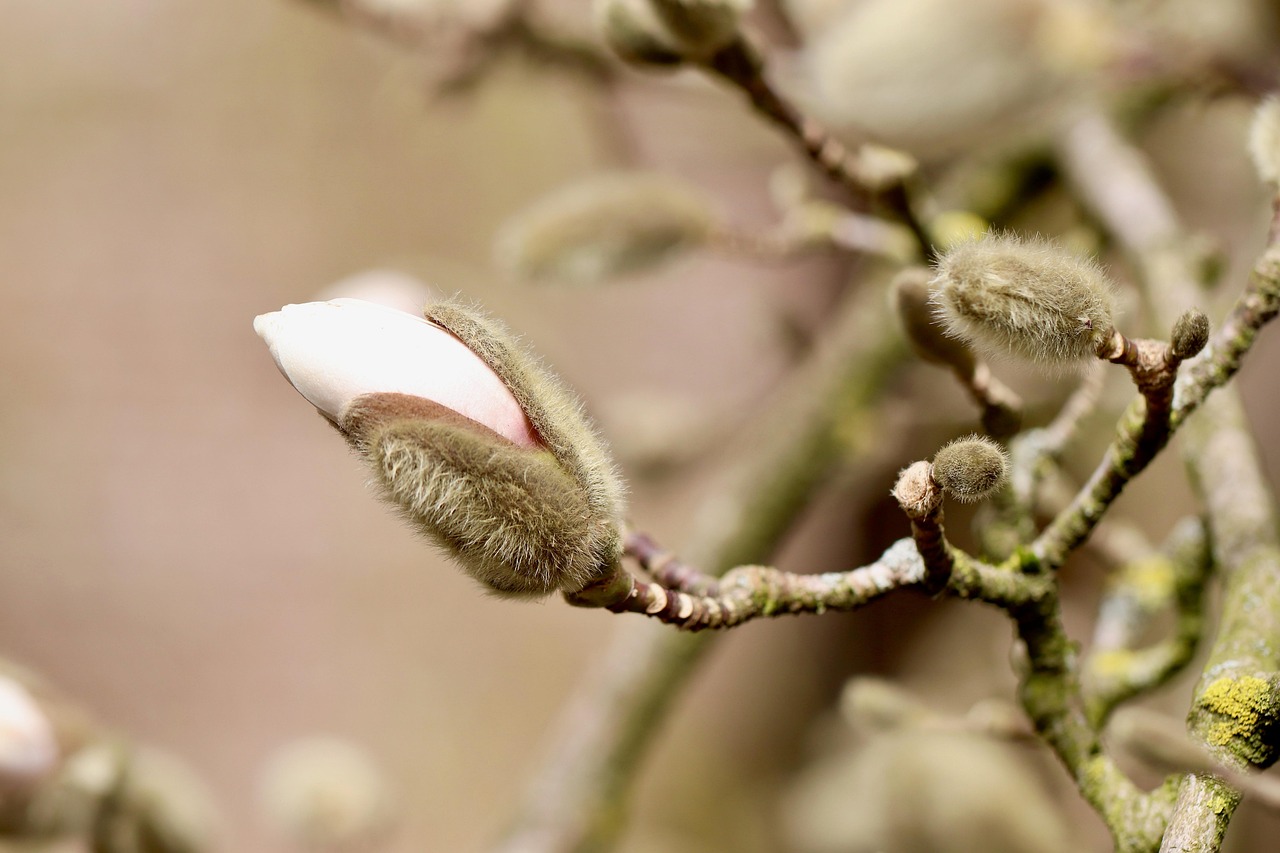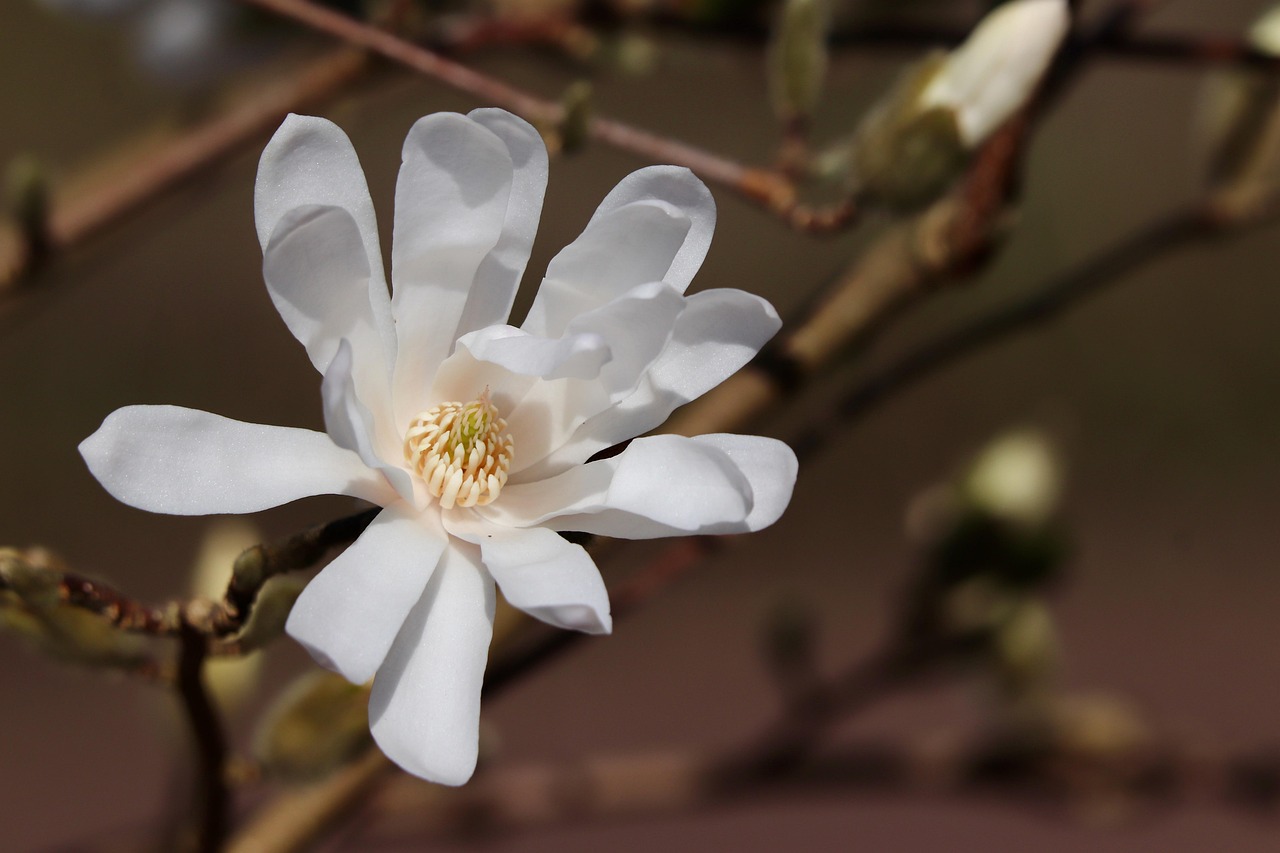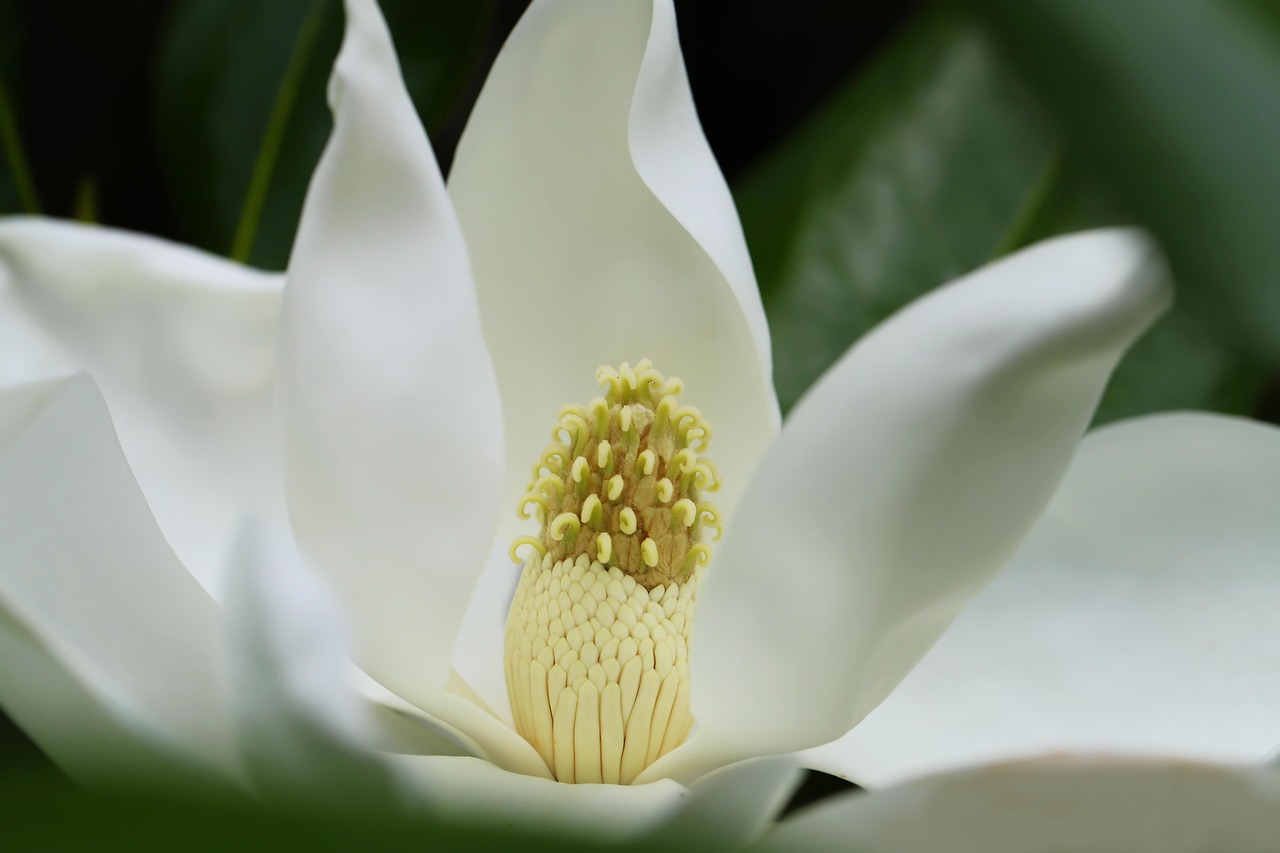To identify the blooming seasons of magnolia trees like a pro, observe the specific species you are dealing with. Generally, magnolias bloom in early spring, but some varieties may flower in late winter or even early summer. Look for changes in bud formation and weather patterns to predict peak bloom times.
Understanding Magnolia Trees
Magnolia trees are known for their stunning flowers and unique fragrance. These trees belong to the Magnoliaceae family, which includes about 210 species of deciduous and evergreen trees and shrubs. They are native to Southeast Asia and the Americas. Magnolias are cherished not only for their beauty but also for their historical significance in landscaping.

Blooming seasons can vary significantly based on the species of magnolia and the local climate. Some magnolias bloom in early spring, while others may bloom in later months. Understanding these differences is crucial for gardeners and nature enthusiasts alike.
In general, magnolia trees are categorized into two main groups based on their blooming habits: early bloomers and late bloomers. Early bloomers typically flower before the leaves fully emerge, creating a striking contrast against the bare branches. Late bloomers, on the other hand, tend to flower after the leaves have developed, giving a lush appearance to the tree.
Popular Magnolia Species and Their Blooming Seasons
Each species of magnolia has its own distinct blooming period. Below is a table that highlights some popular magnolia species along with their typical blooming seasons:
| Species | Blooming Season |
|---|---|
| Magnolia stellata (Star Magnolia) | Early Spring (March – April) |
| Magnolia soulangeana (Saucer Magnolia) | Mid Spring (April – May) |
| Magnolia grandiflora (Southern Magnolia) | Late Spring to Summer (May – July) |
| Magnolia x loebneri (Loebner Magnolia) | Early to Mid Spring (March – April) |
It is essential to not only know the species but also to consider the local climate conditions. Factors such as temperature fluctuations, precipitation levels, and even urban heat can influence blooming times. For instance, in warmer climates, magnolias may bloom earlier than in cooler regions.
Factors Influencing Blooming Seasons
Several factors affect the blooming seasons of magnolia trees. Understanding these can help you anticipate when your trees will flower:
- Temperature: Warm temperatures can trigger early blooming.
- Sunlight: Exposure to sunlight encourages healthy growth and flowering.
- Soil Quality: Well-drained soil rich in organic matter supports robust flowering.
- Watering Practices: Adequate watering during dry spells is crucial for bloom development.
By paying attention to these factors, you can more accurately predict when your magnolia trees will display their beautiful blooms. This knowledge will enhance your gardening experience and allow you to enjoy the stunning spectacle of magnolia flowering fully.
Identifying Signs of Upcoming Blooms
To effectively identify the blooming season of magnolia trees, it is essential to recognize the signs that precede the flowers’ appearance. These signs can range from changes in the tree’s foliage to specific bud formations. By understanding these indicators, you can better anticipate when to expect the beautiful blooms.
Observing Bud Formation
The first sign of impending blooms is the formation of flower buds. Magnolia buds are typically large and conspicuous. They often appear at the tips of branches and will swell as the blooming season approaches. Here are some key characteristics to look for:
- Color: Healthy buds may show a greenish or purplish tint, depending on the species.
- Size: Buds will increase in size as they prepare to burst open.
- Texture: The outer scales of the buds may feel soft and fuzzy when they are ready to bloom.
Monitoring these changes closely will give you insight into the timing of the blooms. It is advisable to check your magnolia trees regularly as spring approaches.
Leaf Development Patterns
In addition to budding, leaf development can also provide clues about blooming times. Magnolia trees typically produce their flowers before or simultaneously with new leaves. Here’s what to observe:
- Timing: If you notice flower buds forming while leaves are still sparse, blooming may be imminent.
- Leaf Color: The emergence of new leaves can also indicate that flowering is nearing its peak.
Understanding the relationship between leaf development and blooming is crucial for accurate predictions.
Local Climate Effects on Blooming Seasons

The local climate plays a pivotal role in determining when magnolia trees will bloom. Different regions experience varying temperature patterns, which can significantly influence flowering times. Here are some factors to consider:
Microclimates
Microclimates are localized areas that may have different climate conditions than surrounding areas. For example, a magnolia tree planted near a building may bloom earlier than one in an open field due to reflected heat. Consider these points:
- Urban Areas: Cities often have warmer temperatures, leading to earlier blooms.
- Shaded Areas: Trees in shaded locations may experience delayed blooming due to cooler temperatures.
Seasonal Weather Patterns
Weather patterns throughout the seasons can also affect blooming. Here are some scenarios:
- Mild Winters: A warm winter may result in an earlier blooming season for magnolias.
- Frost Risks: Late frosts can damage early blooms, so be vigilant about weather forecasts during spring.
Being aware of these local climate effects will help you make more informed predictions about when your magnolia trees will flower.
Utilizing Resources for Accurate Predictions

To improve your ability to predict magnolia blooming seasons, consider using various resources available to gardeners and enthusiasts. Here are some suggestions:
- Gardening Apps: Many apps provide real-time data on local plant blooming cycles.
- Local Botanical Gardens: Visiting botanical gardens can offer insights into specific species and their blooming habits.
- Online Forums: Engaging with gardening communities online can provide firsthand experiences and tips from other magnolia enthusiasts.
By utilizing these resources, you can stay informed and enhance your skills in identifying blooming seasons for magnolias and other plants.

Keeping a Blooming Calendar
Creating a blooming calendar specific to your magnolia trees can also be beneficial. Document the dates when your trees typically bloom each year. This practice can assist in predicting future bloom times based on historical data. Include:
- Date of first bloom observed each year.
- Weather conditions leading up to the bloom.
- Any noticeable changes in the tree’s health or environment.
A blooming calendar not only helps track patterns but also enhances your overall gardening experience by promoting mindfulness of seasonal changes.
Common Challenges in Identifying Magnolia Blooming Seasons
While identifying the blooming seasons of magnolia trees can be rewarding, several challenges may arise. Understanding these challenges can help you navigate through uncertainties and improve your ability to predict blooming times effectively.
Weather Variability
One of the most significant challenges in predicting magnolia blooms is the variability of weather conditions. Sudden changes in temperature can have an unpredictable effect on flowering. Consider the following points:
- Unseasonable Warmth: A warm spell in winter or early spring can lead to premature blooming, leaving flowers vulnerable to frost.
- Late Frosts: Late frosts after flowers have started to bloom can cause damage, leading to fewer flowers or even complete loss.
- Rainfall: Excessive rain around the blooming season can affect the health of the flowers.
Monitoring local weather forecasts can provide valuable information to help mitigate these challenges. Awareness of potential frost dates and unusual weather can assist you in protecting your magnolia trees.
Pests and Diseases
Pests and diseases can also impact the blooming process. If magnolia trees are unhealthy, they may produce fewer blooms or none at all. Here are some common culprits:
- Scale Insects: These pests feed on the sap of magnolia trees, weakening them and affecting bloom production.
- Leaf Spot: Fungal infections can hinder leaf development, impacting the overall health of the tree.
- Root Rot: Caused by overwatering, root rot can severely damage a tree’s ability to bloom.
Regular inspections of your magnolia for signs of pests and diseases can aid in maintaining their health and encouraging robust blooming seasons.
Best Practices for Encouraging Healthy Blooms
To ensure that your magnolia trees have the best chance of thriving and producing beautiful blooms, consider implementing certain best practices. These practices include proper care, maintenance, and environmental considerations.
Proper Pruning Techniques
Pruning is essential for maintaining the health of magnolia trees and promoting flowering. Here are some tips for effective pruning:
- Timing: Prune magnolia trees after they bloom to avoid cutting off flower buds for the following season.
- Technique: Use clean, sharp tools to make clean cuts, which reduces the risk of infection.
- Focus on Dead or Damaged Wood: Remove any dead or damaged branches to encourage new growth.
Following these practices will help maintain the structure of your magnolia trees while enhancing their blooming potential.
Soil and Nutrient Management
The quality of soil plays a crucial role in the overall health of magnolia trees. Here are some recommendations for soil management:
- Soil Testing: Conduct a soil test to determine pH levels and nutrient content. Magnolias prefer slightly acidic to neutral soil.
- Aeration: Aerate compacted soil to improve drainage and root growth.
- Fertilization: Use a slow-release fertilizer designed for flowering trees to provide necessary nutrients during the growing season.
Adequate soil management ensures that your magnolias receive the right nutrients needed for healthy growth and vibrant blooms.
Creating a Suitable Environment for Magnolias
The environment in which your magnolia trees grow is another critical factor that influences their blooming seasons. Here are some aspects to consider for creating an ideal environment:
Sunlight Exposure
Magnolia trees thrive in areas with ample sunlight. Here’s how to ensure they receive enough light:
- Avoid Shaded Areas: Plant magnolias in locations that receive full sun, ideally at least six hours of direct sunlight daily.
- Consider Surrounding Plants: Be cautious of larger plants or trees that may cast shade over your magnolias as they grow.
Watering Practices
Proper watering techniques are vital for supporting healthy blooms. Here are some guidelines:
- Consistent Moisture: Keep the soil consistently moist, especially during dry spells, but avoid waterlogging.
- Mulching: Apply mulch around the base of the tree to retain moisture and regulate soil temperature.
A well-watered magnolia tree is more likely to bloom successfully, so monitoring moisture levels is essential throughout the growing season.
Final Touches for Magnolia Care
As you aim to identify the blooming seasons of magnolia trees like a pro, it is essential to consider additional care practices that can enhance their health and flowering potential. Beyond sunlight and watering, several other factors contribute to the overall well-being of your magnolias.
Fertilization Schedule
Proper fertilization can significantly impact the blooming performance of magnolia trees. Here are some recommendations:
- Timing: Fertilize in early spring just before the blooming period begins. This timing allows the tree to absorb nutrients as it prepares to flower.
- Type of Fertilizer: Use a balanced, slow-release fertilizer that contains micronutrients. Organic options such as compost or well-rotted manure can also be beneficial.
- Application: Follow the recommended application rates on the fertilizer packaging to avoid over-fertilization.
Regular fertilization will support healthy growth and vibrant blooms, making it a crucial aspect of magnolia care.
Pest and Disease Management
Maintaining vigilance against pests and diseases is critical for ensuring the health of magnolia trees. Here are some strategies for effective management:
- Regular Inspections: Routinely check leaves and branches for signs of pests like aphids, spider mites, or scale insects.
- Natural Predators: Encourage beneficial insects, such as ladybugs, which can help control pest populations naturally.
- Disease Prevention: Ensure good air circulation around the tree by proper spacing and pruning, which can help prevent fungal infections.
By proactively managing pests and diseases, you can enhance the longevity and blooming capacity of your magnolia trees.
Conclusion
Identifying the blooming seasons of magnolia trees requires a combination of observation, knowledge of local climate conditions, and proper care practices. By understanding the unique characteristics of different magnolia species and monitoring environmental factors, you can anticipate when these stunning trees will display their blooms.
Key takeaways from this guide include:
- The importance of recognizing bud formation and leaf development as indicators of blooming.
- The impact of local climate conditions and weather variability on flowering times.
- The necessity of maintaining proper care through watering, pruning, fertilization, and pest management.
- The benefits of creating a blooming calendar to track historical trends in blooming times.
With these insights and practices in hand, you can cultivate a deeper appreciation for magnolia trees and enjoy their breathtaking beauty during the blooming season. Embrace the journey of gardening with magnolias, and you will surely become proficient in identifying their blooming seasons like a true expert.
